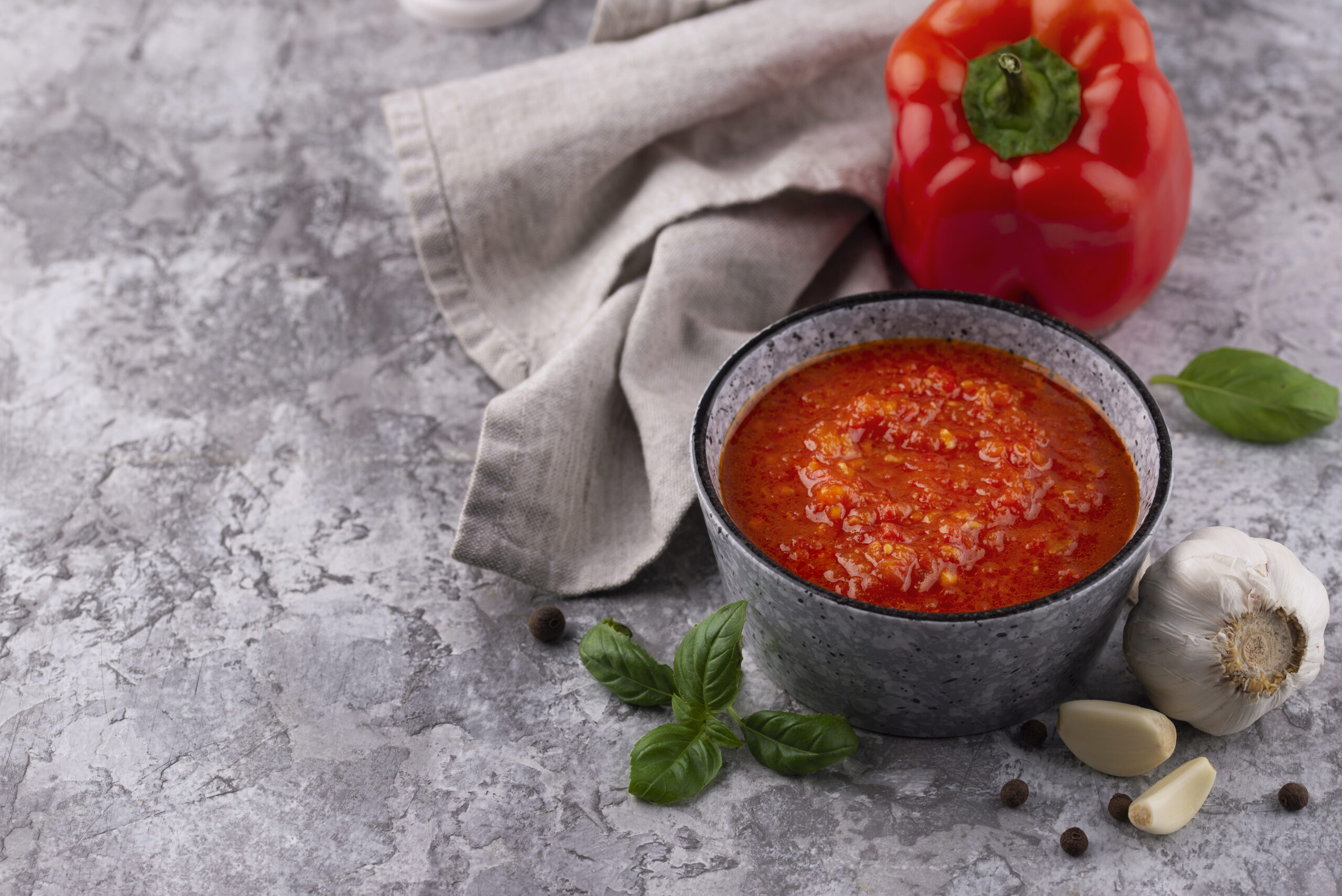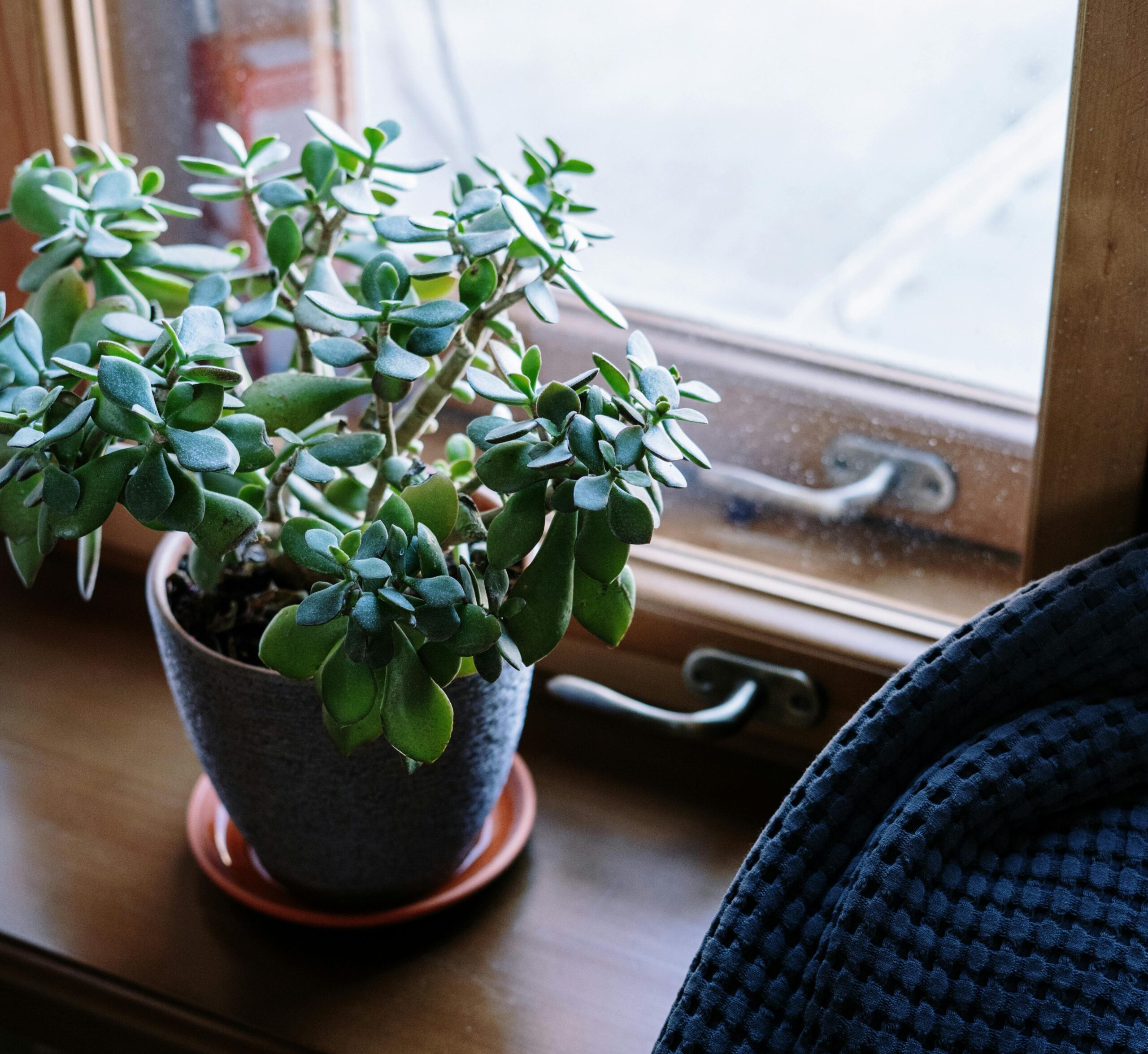Jade plants, scientifically known as Crassula ovata, are beloved houseplants known for their resilience and striking appearance. Originating from South Africa, these succulent plants can thrive in various conditions, making them perfect for both novice and seasoned gardeners. However, caring for a jade plant requires understanding its specific needs related to watering, sunlight, soil, and propagation. This guide will provide you with all the essential information to keep your jade plant healthy and thriving.
The jade plant is a succulent characterized by its thick, oval-shaped leaves and woody stems. It is often associated with good luck and prosperity, making it a popular choice for homes and offices. The plant can grow up to three feet tall indoors and can live for decades with proper care. Understanding its basic needs is crucial for maintaining its health and beauty.
Essential Jade Plant Care Requirements
To ensure your jade plant thrives, focus on the following essential care requirements:
Watering
Proper jade plant watering is crucial for its health. Overwatering can lead to root rot, while underwatering can cause leaf drop. Follow these steps for effective watering:
- Check the soil moisture by inserting your finger about an inch into the soil.
- If the soil feels dry, it’s time to water.
- Water thoroughly until water drains out of the pot’s bottom.
- Allow the soil to dry completely before watering again.
Frequency examples:
- In summer: Water every 1-2 weeks.
- In winter: Water every 3-4 weeks.
Sunlight
Jade plants thrive in bright, indirect sunlight. Here’s how to ensure they get the right amount:
- Place your jade plant near a south-facing window for optimal light.
- If direct sunlight is too intense, use sheer curtains to diffuse the light.
- For outdoor jade plants, choose a spot with partial shade, especially during the hottest parts of the day.
Best Soil and Potting Tips
Choosing the right soil is essential for jade plant care. A well-draining potting mix is key to preventing root rot. Consider the following tips:
- Use a cactus or succulent potting mix, which typically contains sand and perlite for drainage.
- Ensure the pot has drainage holes to allow excess water to escape.
- Repot every 2-3 years to refresh the soil and provide more space for growth.
Fertilizing Your Jade Plant
While jade plants are not heavy feeders, they can benefit from occasional fertilization. Follow these guidelines:
- Use a balanced, water-soluble fertilizer diluted to half strength.
- Fertilize during the growing season (spring and summer) every 4-6 weeks.
- Avoid fertilizing during fall and winter when the plant is dormant.
Pruning and Shaping Jade Plants
Pruning helps maintain the shape and health of your jade plant. Here’s how to do it effectively:
- Use clean, sharp scissors or pruning shears to make cuts.
- Remove any dead or yellowing leaves to promote new growth.
- Trim back leggy stems to encourage bushier growth.
- Consider shaping the plant by cutting back branches to maintain a desired size or form.
How to Propagate Jade Plants
Jade plants are easy to propagate, making them perfect for expanding your collection or sharing with friends. Here are two effective methods:
Leaf Cuttings
- Select a healthy leaf from the parent plant.
- Allow the leaf to callous over for a few days to prevent rot.
- Place the leaf on top of a well-draining soil mix, ensuring it makes contact with the soil.
- Water lightly and place in indirect sunlight until roots develop.
Stem Cuttings
- Cut a healthy stem about 3-4 inches long.
- Remove the lower leaves and let the cutting callous for a few days.
- Plant the cutting in a well-draining soil mix and water lightly.
- Keep in a warm, bright location until roots form.
Common Jade Plant Problems and Solutions
Even with the best care, jade plants can face some challenges. Here are common issues and how to address them:
Overwatering
Symptoms: Yellowing leaves, mushy stems.
- Solution: Allow the soil to dry out completely and reduce watering frequency.
Pests
Common pests include mealybugs and aphids.
- Solution: Remove pests with a cotton swab dipped in rubbing alcohol or spray with insecticidal soap.
Leaf Drop
Causes can include temperature changes or underwatering.
- Solution: Maintain a consistent environment and adjust your watering schedule as needed.
Care Tips for Indoor and Outdoor Jade Plants
Regardless of where you keep your jade plant, here are some general care tips:
- Indoor: Rotate the plant every few weeks to ensure even sunlight exposure.
- Outdoor: Protect from frost and extreme heat; consider bringing indoors during winter.
- Monitor for signs of stress, such as wilting or discoloration, and adjust care accordingly.
By following these guidelines, you can enjoy a flourishing jade plant that not only enhances your living space but also brings a touch of nature indoors. With patience and attention, your jade plant can thrive for many years, becoming a cherished part of your home.

